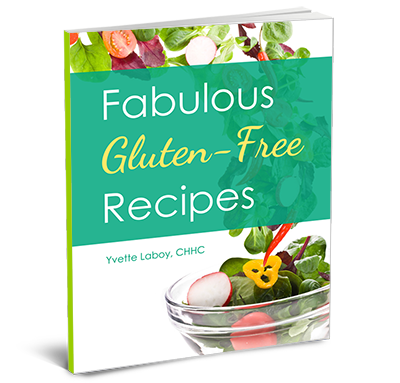Whether you have Celiac disease or just intolerance to gluten, you will need to start with your gluten-free diet by figuring out what you can or can’t eat. You probably know all the main options, like skipping your normal bread products, checking condiments, and being sure you avoid all forms of wheat. However, gluten can often be hiding in products you wouldn’t suspect, and the only way to know is by understanding what ingredients point to being gluten.
Ingredients with Gluten
- Hydrolyzed malt extract
- Hydrolyzed vegetable protein
- Phytosphingosine extract
- Amino-peptide complex
- Secale cereal
- Fermented grain extract
- Hordeum distichon
- Hordeum vulgare
- Hydrolysate
- Maltodextrin
- Brown rice syrup
- Modified food starch
- Hydrolyzed vegetable protein
- Hydrolyzed soy protein
- Caramel color
Be Careful about These
So now you’ve turned to look at your items from the last store visit. As you read through the ingredients, you see a few familiar names, but now is the time to focus. Some of the names that are generally included in this somewhat hidden group are Kamut, hydrolyzed wheat protein, durum, farro, rye bread, atta, and farina. If you have serious gluten sensitivity, then it would be important that you be sure to not only stay away from these foods and their processed versions but also be very careful about eating ingredients that can become tainted by the presence of gluten sometimes on the way to you, the consumer.
Sauces, Soups, Seasoning, and Sausage
Among the foods mentioned here, these end up being some of the biggest surprises. The gluten found in liquid foods like spaghetti sauce, several varieties of creamy soups, and popular seasoning packets has usually been added as a thickening agent, but its inclusion in sausage is entirely filler. With a small amount of research, it should be a piece of cake (but don’t eat gluten-filled cake!) to find processed meats without gluten that can be enjoyed in very small doses. Many of these meats are clearly marked so that people who are interested in gluten-free items can easily identify them.
More Foods to Avoid
When you’re first learning about the intricacies of the gluten-free diet and lifestyle, it probably seems like you’re going to have to get rid of and avoid an unbelievable amount of foods that you might enjoy. When you’re getting ready to make a major dietary change, the best thing you can do for yourself is to empower yourself with knowledge so that you can find success by fully experiencing the variety and nuances of food. The good news is that there are a lot of great ways to confront these issues, so this article will be primarily focusing on prepackaged ingredients to avoid when you are cutting out gluten.
Condiments
One of the main things that people neglect when looking at a gluten-free diet, is that condiments they love can be loaded with gluten. In recent years, the spread of gluten-free has become enough of a fad that it’s become relatively common as a marketing point. Ketchup, mayonnaise, salad dressings, gravy, malt vinegar, marinades, and even soy sauces may contain gluten. You will need to get used to marinades, and even soy sauces may contain gluten. You will need to get used to reading labels to look for any ingredients that might have gluten. Just be sure to buy the gluten-free certified versions of your favorite condiments, and you won’t have to worry about it.
Beverages
If you’re on the go or in a hurry in the morning, it can be pretty tempting to grab a flavored coffee for yourself at the gas station on your way to work, but the hidden gluten in those drinks can derail a strict program. Instant drinks, root beer, wine coolers and other convenience drinks of similar type tend to include gluten in their list of ingredients. While having these drinks is a fast way to satisfy some urges, they aren’t usually very healthy, and many of these types of drinks also tend to have a high level of acidity or cause acidity in the gut. It’s always better to have fresh versions when you can. Here is a list of other names for gluten as it appears on some ingredient labels.
Processed Meats
These types of ingredients usually find their way into many lists. Health professionals have been warning consumers about the dangers of processed foods for years, particularly with a close eye on the effects of processed meats. These kinds of foods are well known for their acidic nature and tend to be behind a lot of the heartburn.

 Get the FREE guide just by entering your name and email.
Get the FREE guide just by entering your name and email.